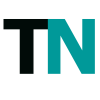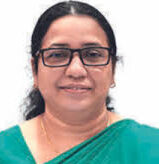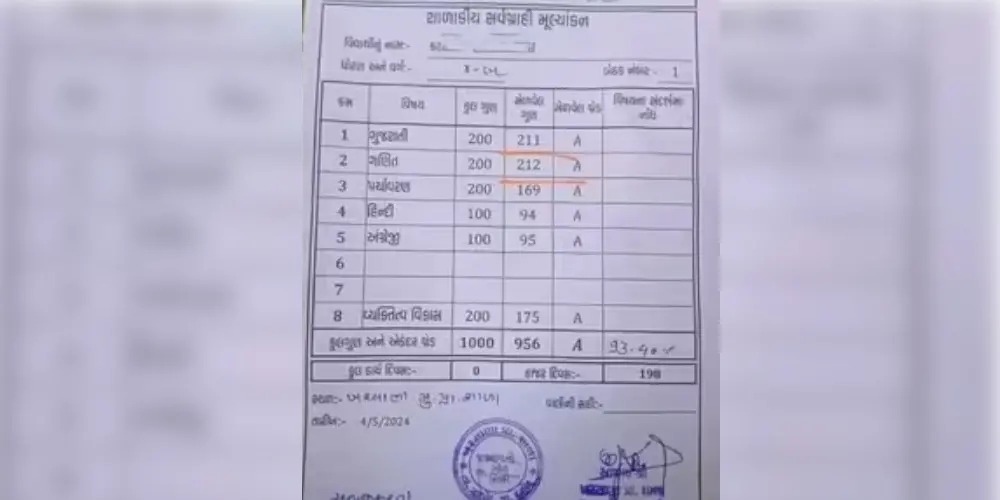This incentivizes people to hoard money and put off large purchases until much later, when ostensibly they will be even less expensive in terms of the dollar’s greater purchasing power. Although it is common to use the term “hawk” as described here in terms of monetary policy, it is also used in a variety of contexts. In each case, it refers to someone who is intently focused on a particular aspect of a larger pursuit or endeavor. A budget hawk, for example, believes the federal budget is of the utmost importance—just like a generic hawk (or inflation hawk) is focused on interest rates.
Be sure to review the provider’s terms and conditions for all products and services displayed on MoneySense.ca. For complete and current information on any product, please visit the provider’s website. Alan Greenspan, who served as chair of the Fed from 1987 to 2006, was considered to be fairly hawkish in 1987, but he changed over time to a relatively dovish stance. Ben Bernanke, who served in the post from 2006 to 2014, also alternated between hawkish and dovish tendencies.
- Alan Greenspan, who served as chair of the Fed from 1987 to 2006, was considered to be fairly hawkish in 1987, but he changed over time to a relatively dovish stance.
- George favors raising interest rates and fears the potential price bubbles that accompany inflation.
- For the economy, it means the Fed will prioritize lowering inflation and likely will raise interest rates despite the potential loss of some American jobs.
- Government monetary policy was strongly dovish in the wake of the 2008 financial crisis, as policymakers kept interest rates close to zero for several years.
So they try to keep the economy growing at more reasonable pace by being hawkish, or watching over inflation. One major effect of an expanding economy is more jobs and less unemployment. However, an expanding economy also tends to lead to higher prices and wages. This can create an inflationary spiral that, especially if prices are rising faster than wages, can lead to less rather than more demand.
How can you sell Dovish or Hawkish Central Bank?
The opposite of a hawk is a “dove.” Doves are more concerned with maximizing unemployment and often have a higher tolerance for inflation. The opposite are a dove and dovish policies, seen as more meek or conservative. Of the current voting members of the Fed, Raphael Bostic, the Atlanta Fed president, is considered to be quite hawkish.
When it is easier (cheaper) to borrow money, businesses can expand more easily and consumers will usually spend more money by using credit cards or other types of debt, to finance purchases. In this post, I’ll give you the trader’s definition of both hawkish and dovish, and show you two easy mnemonics that you can use to remember them in the future. Working with an adviser may come with potential downsides such as payment of fees (which will reduce returns). There are no guarantees that working with an adviser will yield positive returns.
More from Merriam-Webster on hawkish
The Fed officials are generally made up of a mix of hawks and doves. One of the more dovish members of the Fed is Neel Kashkari, president of the Minneapolis regional Federal Reserve branch. Robert Kaplan, head of the Dallas Fed, is generally considered one of the more hawkish members.
Hawkish and Dovish Meaning (Monetary Policy)
Controlling inflation is important to hawks because price inconsistency impacts businesses and consumers, stalling the economy. When inflation is too high, prices may rise rapidly, leading to more uncertainty when buying goods and services or raising wages. Similarly, if inflation is too low, it may https://g-markets.net/ prevent businesses from investing and consumers from buying goods as they wait for prices to continue to drop. As a result, consumers become less likely to make large purchases or take out credit. The lack of spending equates to lower demand, which helps to keep prices stable and prevent inflation.
Moneysense Tools
Both with the meanings and more importantly, how each monetary policy can affect the value of a country’s currency. Officials that follow a middle path, neither particularly hawkish nor very dovish, are called centrists. And depending on circumstances, hawks may change their style and become dovish and vice versa. Central bankers are described as “hawkish” when they are in support of the raising of interest rates to fight inflation, even to the detriment of economic growth and employment. It’s getting easier to foresee how a monetary policy will develop over time, due to increasing transparency by central banks. Higher interest rates make it more expensive for consumers and businesses to borrow money.
The main way dovish policymakers work to accomplish this goal is by lowering interest rates. Contractionary monetary policy is when the Federal Reserve raises the federal funds rate, which influences other interest rates and increases the cost of borrowing. With lower demand, prices would fall, helping to tamper inflation—and businesses would hire fewer workers, or maybe even let some go. Central bank policy makers determine hawkish meaning whether to increase or decrease interest rates, which have significant impact on the forex market. Hawkish refers to a central bank’s decision to increase interest rates and tighten the money supply in order to control inflation, which is typically measured by Consumer Price Index (CPI). When the home currency strengthens, the prices of imported foreign goods become relatively cheaper, hurting domestic producers.
So while I’m going to make this as easy to understand as possible, the effect of monetary policy on a nation’s economy is never black and white. SmartAsset Advisors, LLC (“SmartAsset”), a wholly owned subsidiary of Financial Insight Technology, is registered with the U.S. SmartAsset does not review the ongoing performance of any RIA/IAR, participate in the management of any user’s account by an RIA/IAR or provide advice regarding specific investments. Powell mentioned inflation 44 times in his nearly 1,300-word speech, making it the top buzzword.
Hawkish vs. Dovish Central Banks
Central bank policy creators govern whether to decrease or increase the rate of interest, which has a noticeable effect on the Forex economic market. Policy creators raise interest prices to stop the economy from boiling (to stop inflation from accepted too great), and they reduce interest prices to encourage the economy. While hawkish monetary policy is helpful to stabilize prices, if interest rates are high for too long, it could decrease employment and lead to a decline in economic growth. However, hawkish economists are more concerned with the economic effects of inflation than maximum employment. Inflation hawks adopt policies to quickly stamp out inflation, such as aggressively raising interest rates and other contractionary measures.
This has a “trickle down” effect and determines the rates of everything from savings account yields, to credit card interest rates, to mortgage rates. This is when an economy is not growing and the government wants to guard agains deflation. Now that all of the jobs lost during the pandemic have been recovered, the Fed is able to do a complete 180-degree turn to focus on inflation. In fact, there are more job openings than people looking for work, Powell highlighted in his speech. They are known as “doves” and use words like “soften” and “cooling down” will be used.
About 2015 policymakers turned somewhat more hawkish and began raising rates, partly in order to have room to lower them in the event of another economic downturn. The economic impact of the COVID pandemic has recently encouraged a return to a dovish approach to monetary policy. The two terms are often used to describe board members of the Federal Reserve System, especially the 12 people who make up the Federal Open Market Committee (FOMC).








